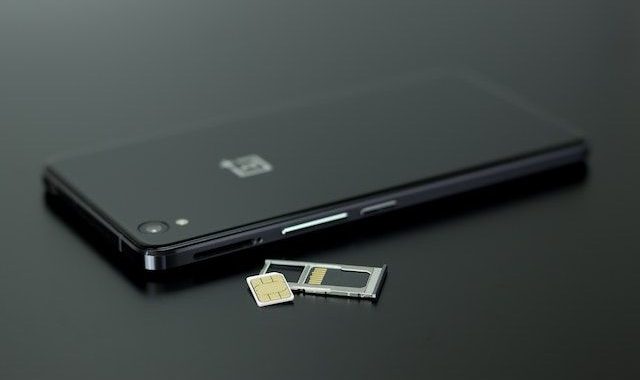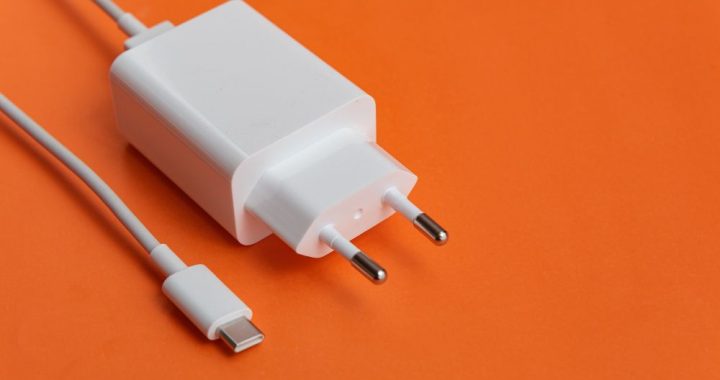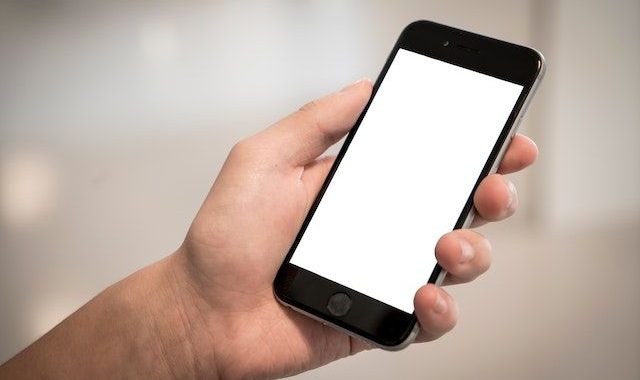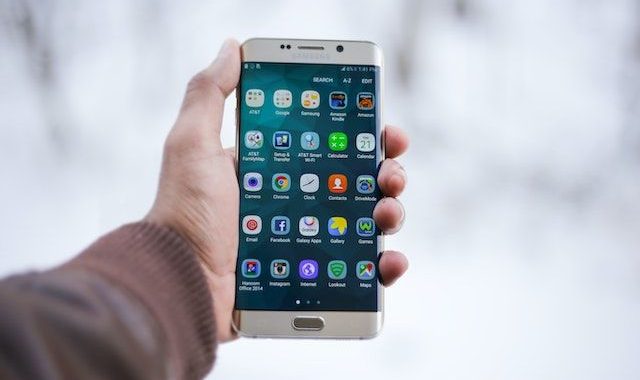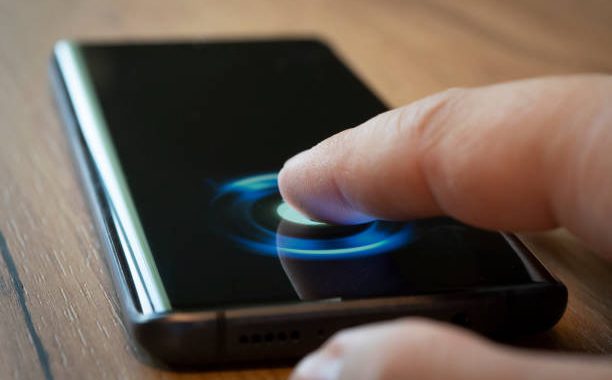One of the most common reasons why your phone won't accept your SIM card is because it's incompatible with your device. This can happen if you have an older model phone that was released before your SIM card came out, or if you are using a SIM card from a foreign service provider on your local device. Another possible reason could be that the SIM card is damaged or corrupted because it has been handled carelessly or exposed to extreme temperatures. In some cases, the SIM card may be locked with a PIN code that you need to enter to activate it. Finally, the device itself may have a hardware fault that prevents the SIM card from being accepted. If any of these are the case, you may need to contact your service provider or take your device in for repair. It is also possible that a firmware update is needed to get the SIM card to work properly.
Whatever the reason your phone won't accept the SIM card, it's always best to first troubleshoot and identify the underlying problem before taking drastic measures. This will save you time and money, as well as ensuring that your device remains in top condition.
If all else fails, you may need to get a replacement SIM card from your service provider or buy a new phone altogether. However, this should be considered a last resort. If you are experiencing this problem, it is important to investigate and consult a specialist before making any final decisions. They will be able to provide the best advice tailored to your specific needs.
In summary, when dealing with a problem such as a phone that won't accept SIM cards, it is important to take the time to troubleshoot and diagnose the problem before taking further action. Doing so can ensure that you make an informed decision that will not cost you more money in the long run. With the right knowledge and advice, you should be able to resolve the problem quickly and get your device working again.
Category Archives: Telefonų remontas, naujienos
Reasons why your phone won't charge
One of the most common reasons why your phone won't charge is that there may be a problem with the charging cable or charger. A faulty cord, damaged ports and worn insulation can prevent your phone from charging. If you use a third-party charger or cable, it may not be compatible with your device, so it's best to use genuine cables and chargers that are designed specifically for your device.
Another possible problem is a dead battery. If your phone has been used a lot, or if you haven't charged it for a while, the battery may be too low to charge. Try leaving your phone plugged in for a few minutes and if it still won't charge, try switching it off or removing the battery for a few seconds and putting it back in.
Sometimes dirt, debris or lint can cause problems with your phone's charger port. Gently scrub your phone's charging port with a brush to remove any dust or dirt that may be blocking the connector.
If you've done all the above and your phone still won't charge, it could be a hardware problem. Take it to a repair shop or contact the manufacturer for help.
Common mobile phone faults
Mobile phones are an incredibly versatile and reliable piece of technology, but like all devices, they can sometimes break down. The most common mobile phone faults are charging problems, software problems, screen problems, sound problems and water damage.
Charging problems are often caused by problems with the charger or the device's charging port. If you have problems charging your device, first make sure that the charger you are using is compatible with your phone. If so, check that the port itself is not clogged with dirt or debris and clean it if necessary.
Software problems may be caused by an outdated version of the operating system installed on your device. This can lead to slower performance, sudden shutdowns and the inability to open certain applications. To fix this problem, it is important to make sure that your device is running the latest version of the operating system.
Screen problems can be caused by a variety of factors, such as prolonged exposure to direct sunlight or dropping the device on a hard surface. If you have a problem with your phone's screen, it's best to take it to a professional for repair.
Sound problems can be caused by faulty hardware or software, so again it's best to take the device to a professional for diagnosis and repair.
Finally, water damage can occur if you throw the device into water or expose it to moisture for an extended period of time. Unfortunately, such damage is usually irreversible and can lead to permanent phone malfunctions. If you think your device has been exposed to moisture, it's important that you take it in for repair as soon as possible, before more damage is caused.
In short, the most common mobile phone faults can be fixed with a little troubleshooting and perhaps some professional help. If you are experiencing any of these problems, it is important to take the necessary steps to get your device fixed as soon as possible. This will help to keep your phone working optimally and prevent further damage.
Smartphone screen problems
The most common reasons for smartphone users experiencing screen problems on their device are. These include physical damage, hardware or software failure and user error.
Physical damage is most often caused by shocks, when the phone is dropped on hard surfaces, or when it is exposed to heat or cold for long periods. Physical damage can cause the screen to crack, change colour or become unresponsive. Sometimes physical damage can be repaired by replacing damaged parts.
A hardware fault occurs when a component in your phone stops working properly. This may be caused by a blank screen, distorted images, or random lines appearing on the screen. It can also cause the touchscreen to malfunction. If a hardware fault is suspected, it may be necessary to take your phone in for professional repair or replace the damaged component.
Software malfunctions are often caused by bugs and glitches in your smartphone's operating system, as well as malware. This can lead to screen malfunctions such as flickering, slow response times or stuck images. In most cases, software malfunctions can be resolved with a diagnostic test or by restoring the device to factory settings.
Finally, screen problems are often caused by user error. This can happen if you accidentally drop your phone on a hard surface or if you press too hard on the touchscreen while using it. It can also be due to installing the wrong software update or downloading an incompatible app. In most cases, user errors can be easily fixed by simply restarting the device.
Knowing these common causes of smartphone screen problems can help users to better identify and resolve issues and ensure the longevity of their device. Regular system maintenance and occasional diagnostic tests can also help prevent screen problems. By following these simple steps, users can maintain the performance of their device and protect it from damage or malfunction.
In summary, the most common problems with smartphone screens are usually caused by physical damage, hardware or software malfunctions and user error. With proper care and attention, many of these problems can be avoided and those that do occur can usually be resolved quickly.
Why you should feel safe knowing that Google is protecting your Android
You may have heard the news that Google is working with the National Cyber Security Alliance to help protect Android phone users from cyber threats. This is great news as Android phones are becoming increasingly popular. With so many people using them, it's important to know that our data is safe and secure. In this blog post, we'll look at some of the ways that Google helps keep us safe online.
First and foremost, Google works to protect user data. They have introduced Verified Boot to ensure that the software on your device has not been tampered with or altered in any way. This ensures that only approved apps can be installed on your device, keeping malicious code out and protecting our personal information.
In addition, Google is implementing additional security measures to help protect our online accounts and transactions. These include two-factor authentication and encryption of data stored on their servers. These measures ensure that your personal information is protected from hackers or other malicious actors.
In addition, Google has a strong commitment to privacy and encourages users to take an active role in protecting their data. For example, make sure you only connect to secure Wi-Fi networks and be aware of phishing scams that can steal personal information or passwords.
By taking these steps, Google is helping to keep us safe online. It is important that we, as private individuals, are careful about what we do online, but it is good to know that Google is doing its part to protect us. So the next time you use your Android phone, make sure you take advantage of all the safety measures available to you, and continue to feel safe knowing that Google cares about you!
By taking these steps and working with the National Cyber Security Alliance, Google is helping to ensure that all Android users are safe. By committing to protecting our data, we can feel safe in the knowledge that Google is doing its part to keep us safe online. And we can continue to enjoy the many benefits of using an Android device without worrying about cyber threats or malicious activity.
So go ahead and enjoy your Android device! With Google's commitment to protecting your data and the help of the National Cyber Security Alliance, you can rest assured that you're safe when you use your phone. No one wants to be a victim of cybercrime - so protect your Android and take advantage of the security measures Google has put in place.
What is Super AMOLED display technology
If you're like most people, you probably haven't given much thought to the type of screen on your smartphone. But maybe you should start paying more attention, as a new technology called Super AMOLED is starting to hit the market. In this blog post, we'll discuss what Super AMOLED displays are and why you should care!
Super AMOLED displays are essentially a combination of two existing technologies - LCD (liquid crystal display) and OLED (organic light emitting diode). By combining the advantages of both technologies, Super AMOLED displays provide better image quality, brighter colours, better contrast ratios and wider viewing angles than traditional LCD displays. In addition, Super AMOLED displays are thinner and more efficient than LCDs, which can help save battery power.
So why should you care about Super AMOLED displays? The most obvious advantage of a Super AMOLED display is better image quality and wider viewing angles. With a Super AMOLED panel, you'll get a better overall picture with brighter colours, deeper blacks and higher contrast. This makes watching movies and playing games more enjoyable, making it an ideal choice for your smartphone or tablet display. In addition, thanks to their energy efficiency, Super AMOLED displays can help extend the battery life of your device.
In summary, if you are looking for a new device with an impressive display, you should definitely consider Super AMOLED technology. Its excellent image quality and energy efficiency make it the ideal choice for any smartphone or tablet user looking to get the most out of their device. Not only will you get a great picture, you'll also get longer battery life! So if you want a better overall experience with your device, choose Super AMOLED!

